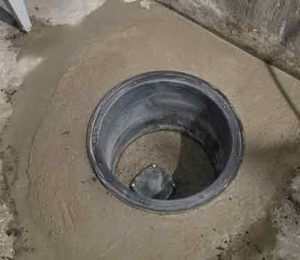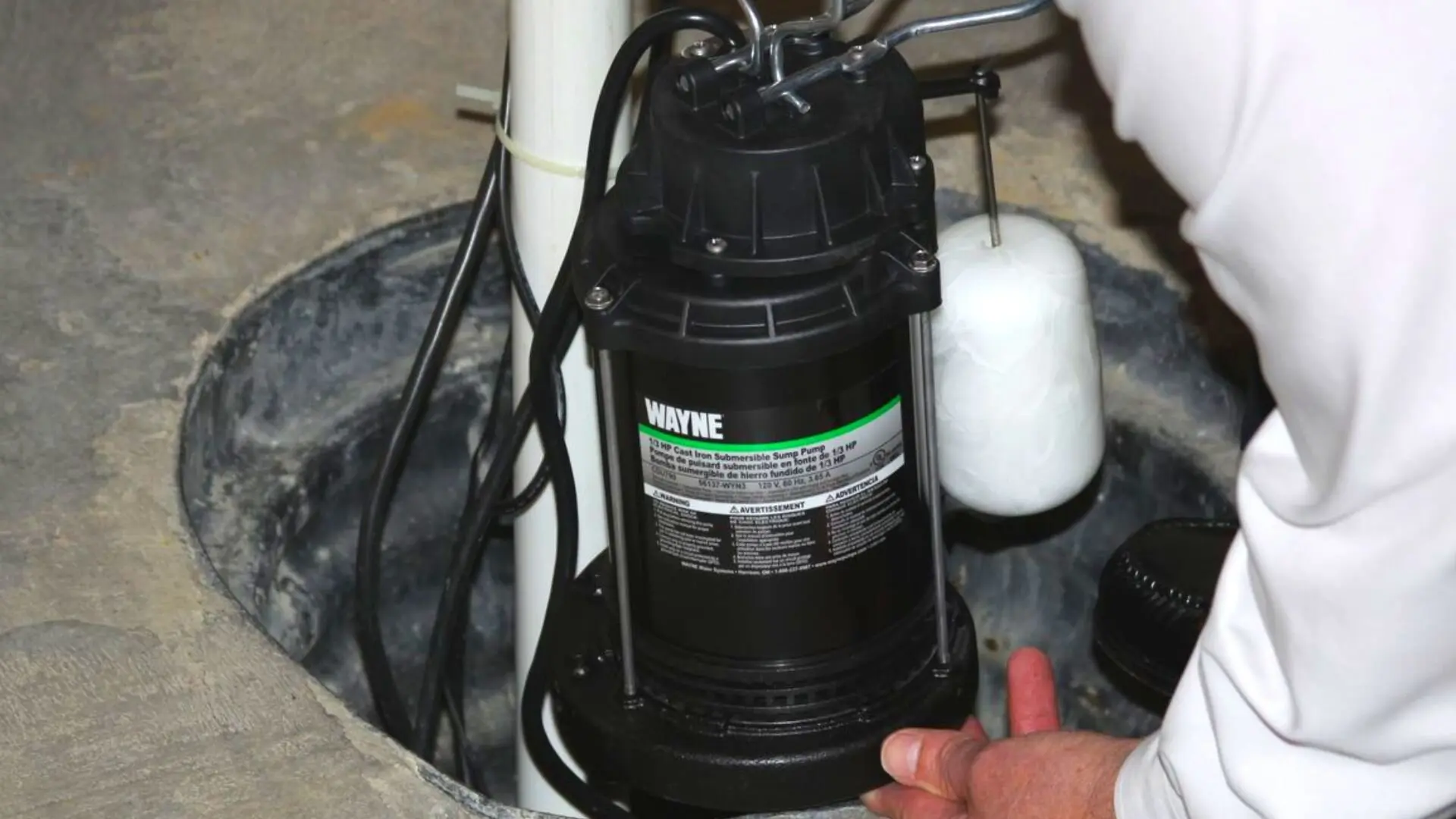Recommended Steps for Taking Care of Your Sump Pump
Recommended Steps for Taking Care of Your Sump Pump
Blog Article
The publisher is making a number of great pointers on How to Care for Your Sump Pump overall in this great article just below.

Sump pumps are crucial parts in lots of homes, especially in locations prone to flooding or extreme moisture. They help stop water damages by effectively getting rid of excess water from cellars or crawl spaces. Nonetheless, like any other device, sump pumps call for regular upkeep to ensure they work properly when needed one of the most. Cleaning your sump pump is a vital part of its maintenance, and recognizing just how to do it correctly can conserve you from costly repair work and prospective calamities.
Introduction
Preserving a clean sump pump is essential for its correct performance and durability. Neglecting this essential job can bring about obstructions, malfunctions, and ultimately, water damages to your home. As a result, finding out just how to clean a sump pump is crucial for homeowners who rely on these devices to maintain their cellars dry and secured.
Indications of a Dirty Sump Pump
Knowing when your sump pump requires cleaning is essential for protecting against prospective breakdowns. Some common indications that suggest an unclean sump pump consist of odd noises during procedure, minimized water circulation, and visible debris in the pit. If you see any of these symptoms, it's necessary to clean your sump pump immediately to stay clear of any type of more issues.
Preparing for Cleansing
Prior to you begin cleaning your sump pump, it's vital to take some safety and security precautions. Start by shutting off the power to the pump to stay clear of any kind of electrical crashes. Furthermore, wear proper protective equipment, such as gloves and safety glasses, to secure on your own from dust, particles, and possible pathogens.
Recognizing the Sump Pump
Before diving into the cleaning process, it's important to have a fundamental understanding of just how a sump pump works. Generally installed in a pit or container listed below the basement flooring, a sump pump includes several key parts, including a pump, a float button, and a discharge pipe. When water gathers in the pit, the float button turns on the pump, which after that pumps the water out through the discharge pipeline, away from the structure's structure.
Detailed Guide to Cleaning a Sump Pump
Shutting Off the Power
Begin by separating the power supply to the sump pump to avoid any type of mishaps while cleaning.
Checking for Proper Functioning
Before re-installing the pump, do a fast examination to ensure that the float button turns on the pump correctly. Put some water right into the sump pit and observe the pump's operation. If everything is working appropriately, you can reassemble the pump and reconnect the power supply.
Removing Particles and Dust
Utilize a container or a scoop to get rid of any noticeable debris, dirt, or sediment from the sump pit. Dispose of the particles correctly to avoid it from obstructing the pump or the discharge pipeline.
Cleaning the Pump and Drift Change
When the pit is free from particles, carefully get rid of the pump from the pit. Check the pump and the float switch for any type of indications of damage or wear. Use a soft brush or towel to clean the surfaces and eliminate any type of collected gunk.
Flushing the System
After cleaning up the pump and float button, flush the sump pit with tidy water to eliminate any kind of remaining dust or debris. This will assist guarantee that the pump runs efficiently and efficiently.
Maintenance Tips to Keep Your Sump Pump Clean
Along with routine cleansing, there are a number of maintenance ideas you can comply with to keep your sump pump in ideal condition:
Final thought
Cleaning your sump pump is a critical facet of its maintenance and makes sure that it operates efficiently when you need it the most. By following the steps laid out in this overview and incorporating regular upkeep right into your regimen, you can prolong the life expectancy of your sump pump and secure your home from water damages.
6 STEPS ON HOW TO CLEAN A SUMP PUMP PROPERLY
UNDERSTANDING SUMP PUMPS
Your sump pump plays a crucial role in protecting your home by managing and removing excess water. It primarily functions as a “shield”, guarding your basement against the damaging effects of water accumulation. The pump is housed in a sump pit in the lowest part of your basement, and its job is to pump out any water that collects there.
During heavy rainfalls or when snow melts rapidly, water can infiltrate your basement, posing potential risks like flooding, structural damage, and harmful mold growth. Here, the sump pump springs into action, pumping out the intruding water and directing it away from your home.
SAFETY FIRST
Before cleaning, remember to prioritize safety. Disconnect the sump pump from the power source to prevent any accidental electric shocks. Also, wear sturdy gloves to protect your hands from any sharp or dirty components within the pump.
REMOVE THE SUMP PUMP
After ensuring your safety, the next step is to remove the sump pump from its pit. Doing this might require careful maneuvering as you don’t want to damage any pump components. Once removed, clean the sump pit to remove any accumulated debris or sludge.
INSPECT THE PUMP
Inspect the pump for any visible signs of wear or damage. Check the power cord, float switch, and impeller housing. If any components look worn out or damaged, consider replacing them to ensure optimal performance.
CLEAN THE PUMP
Thoroughly clean the pump with warm, soapy water. Make sure to rid it of any dirt, gravel, or other debris that might impede its performance. You can use a toothbrush to clean the small, hard-to-reach parts of the pump.
REINSTALL THE SUMP PUMP
Reinstall the pump into the sump pit Make sure it’s positioned correctly to remove the water effectively Once it’s back in place, reconnect it to the power source TEST THE PUMP
Finally, pour some water into the pit to ensure the pump works correctly. It should start automatically and begin pumping out the water; if it doesn’t, check the power source and the positioning of the pump.
Remember, while cleaning your sump pump is an essential part of home maintenance, hiring a professional plumber for a thorough inspection and cleaning at least once a year is also important. This will ensure that your pump is in optimal condition, ready to protect your home from potential water damage.
BEST PRACTICES FOR CLEANING SUMP PUMP DISCHARGE PIPES
Regular Inspection: Regularly inspect your discharge pipes, especially during heavy rainfall or snowmelt periods. Look for any signs of blockage or damage. Early detection of problems can prevent serious issues down the line. Periodic Cleaning: Over time, sediment and debris can accumulate in the discharge pipes, impeding the flow of water. Regular cleaning helps keep the pipes clear and functioning efficiently. You can use a high-pressure water jet to effectively clean the pipes. Insulation During Winter: In colder climates, discharge pipes can freeze, blocking the outflow of water. Protect your discharge pipes from freezing temperatures by insulating them with foam pipe insulation. This will ensure the sump pump can continue to discharge water even in freezing conditions. Proper Positioning: The discharge pipe should be positioned to direct water away from your home’s foundation. Improper positioning can lead to water seeping back into the basement. Ensure the pipe is long enough and angled correctly. Installation of a Check Valve: A check valve prevents water from flowing back into your sump pit after the pump has pushed it out. Installing a check valve helps maintain the efficiency of your sump pump and reduces the risk of flooding. Minimize Pipe Turns: Every curve or turn in the discharge pipe can decrease the efficiency of water flow. By minimizing turns and bends in your discharge pipe, you can increase the efficiency of your sump pump. https://www.fullspeedplumbing.com/how-to-clean-a-sump-pump-properly9999/

As a passionate person who reads on Cleaning & Maintenance Tips for Your Home's Sump Pump, I assumed sharing that blog post was a great idea. Appreciated our piece? Please share it. Help someone else discover it. We value reading our article about How to Care for Your Sump Pump.
Book Instantly Report this page